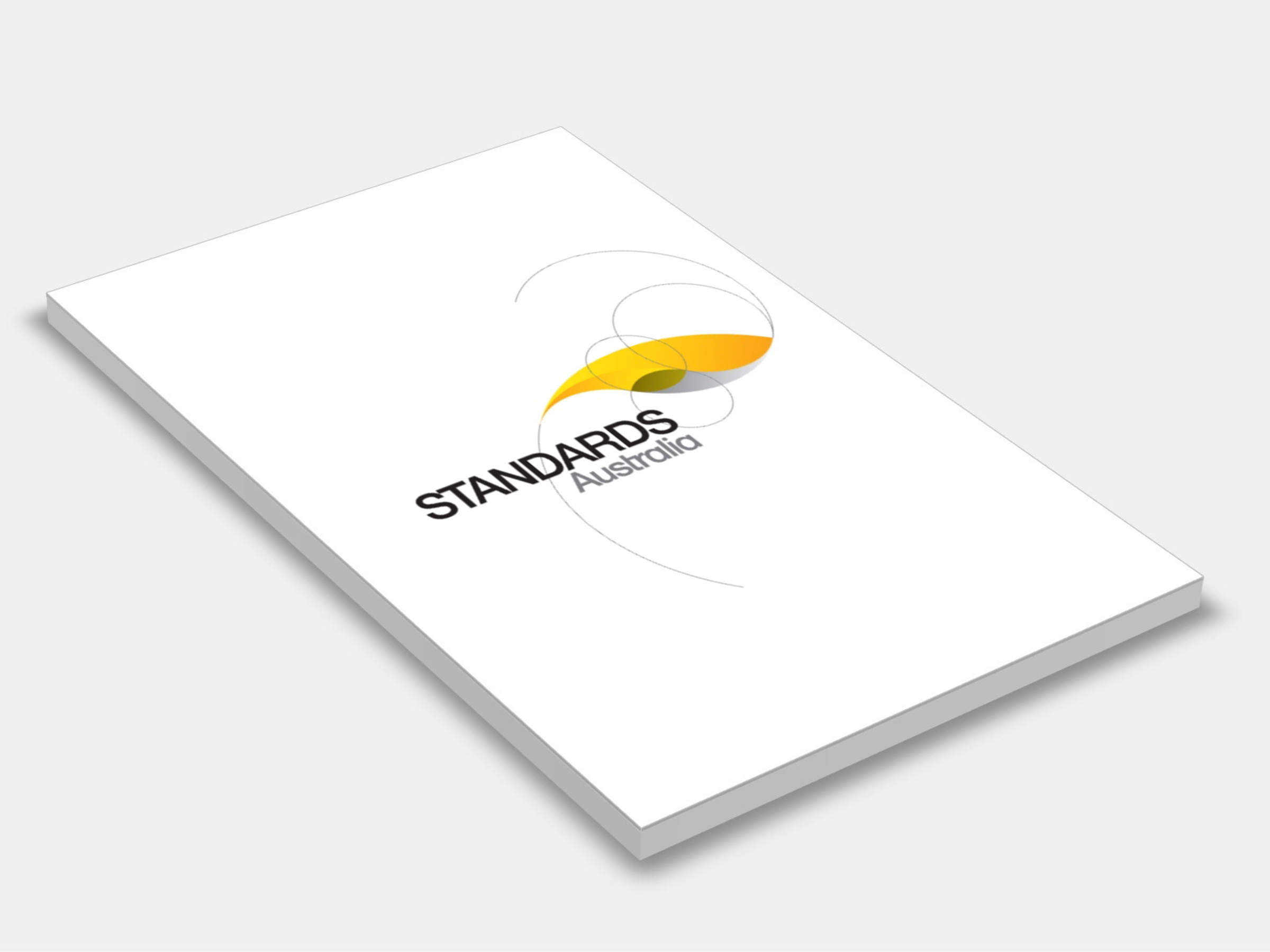
Type
Publisher
Standards Australia
Publisher
Standards Australia
Version:
Third Edition 2010.
(Current)
Short Description
Sets out requirements for skimmer boxes and other permanent water outlets in swimming pools and spas.
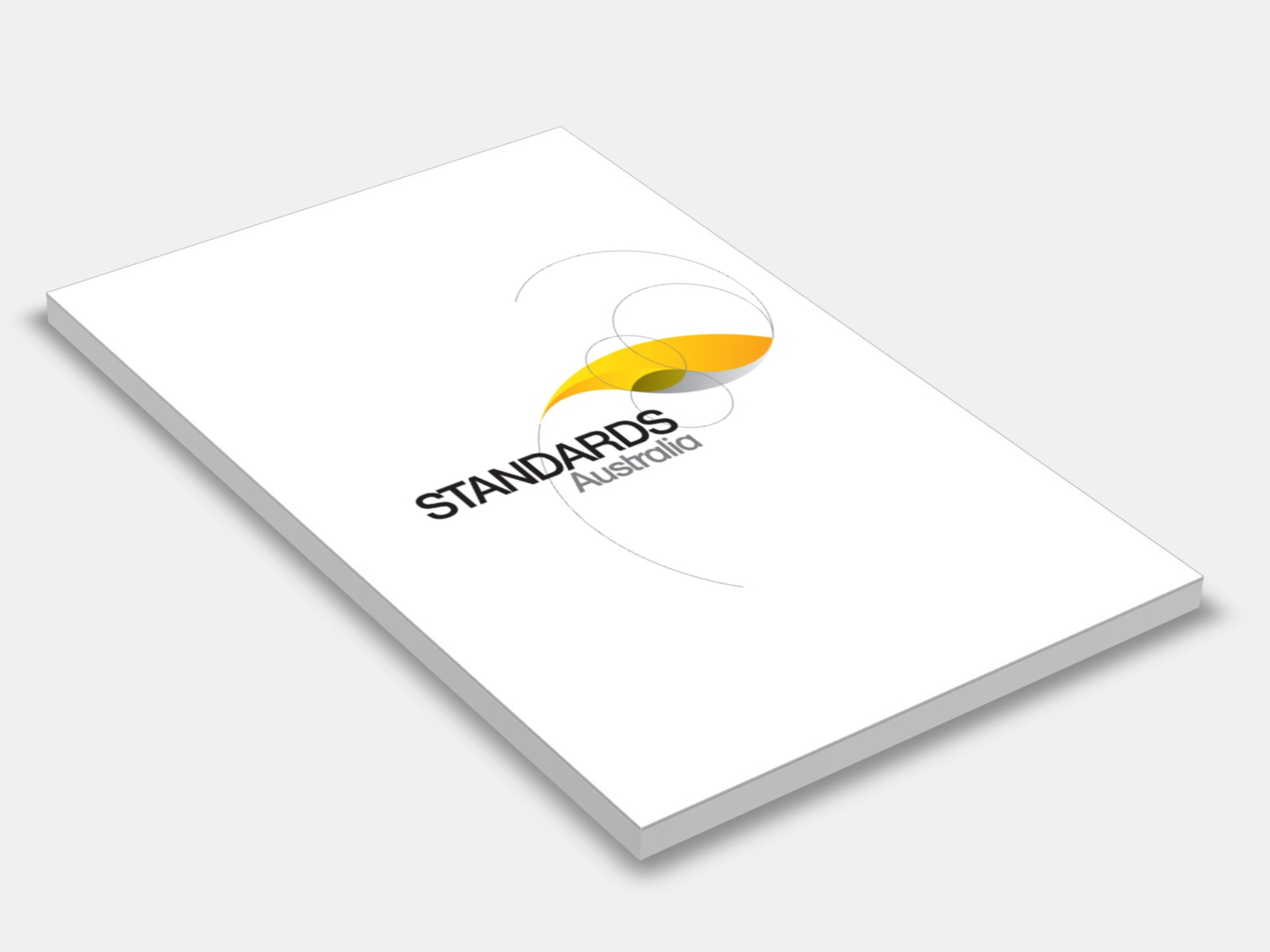
Type
Publisher
Standards Australia/Standards New Zealand
Publisher
Standards Australia/Standards New Zealand
Version:
Second Edition 2017.
(Current)
Short Description
This Standard sets out the requirements for the application and finishing of gypsum linings and related design considerations.
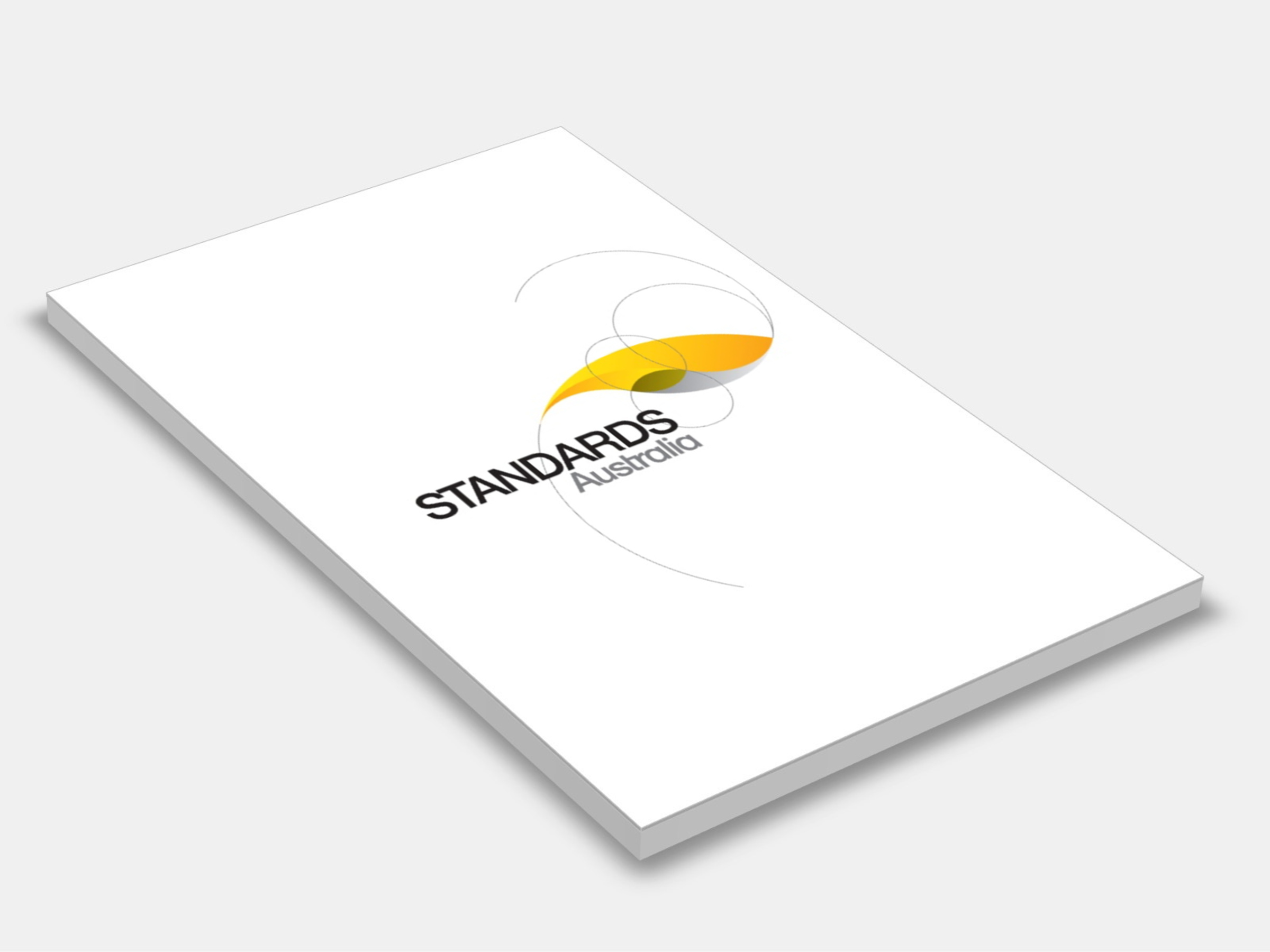
Type
Publisher
Standards Australia
Publisher
Standards Australia
Version:
Second Edition 2023.
(Current)
Short Description
AS 4421:2023 specifies the minimum requirements for the operation and management of an organization providing protective security services.
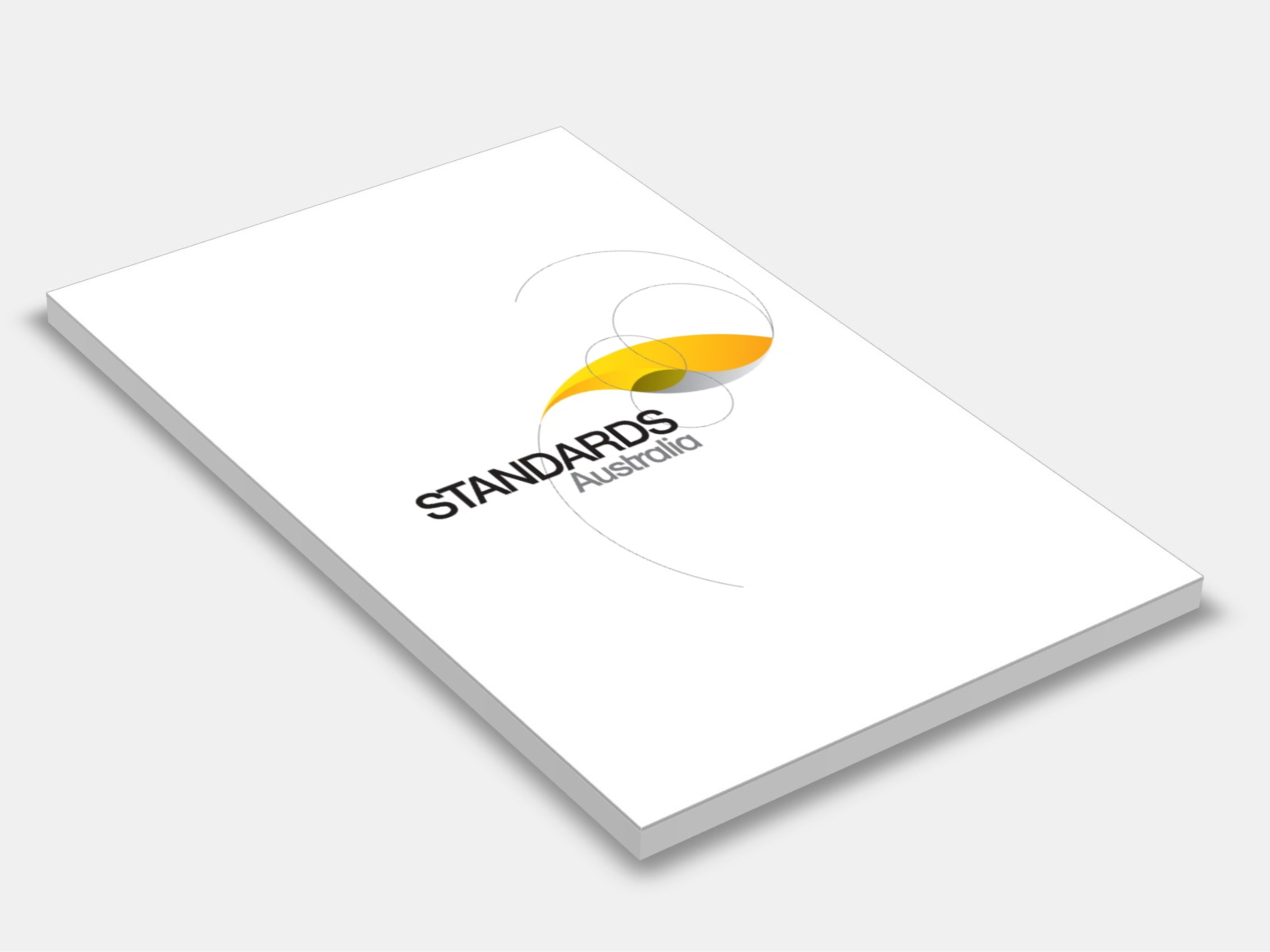
Type
Publisher
Standards Australia
Publisher
Standards Australia
Version:
First Edition 2013.
(Superseded)
Short Description
Sets out requirements and safety principles relating to the design, installation, and operation of industrial appliances that involve the combustion of gas or liquid fuel, or other fuel in air suspension, or the generation of combustible vapours in such appliances.
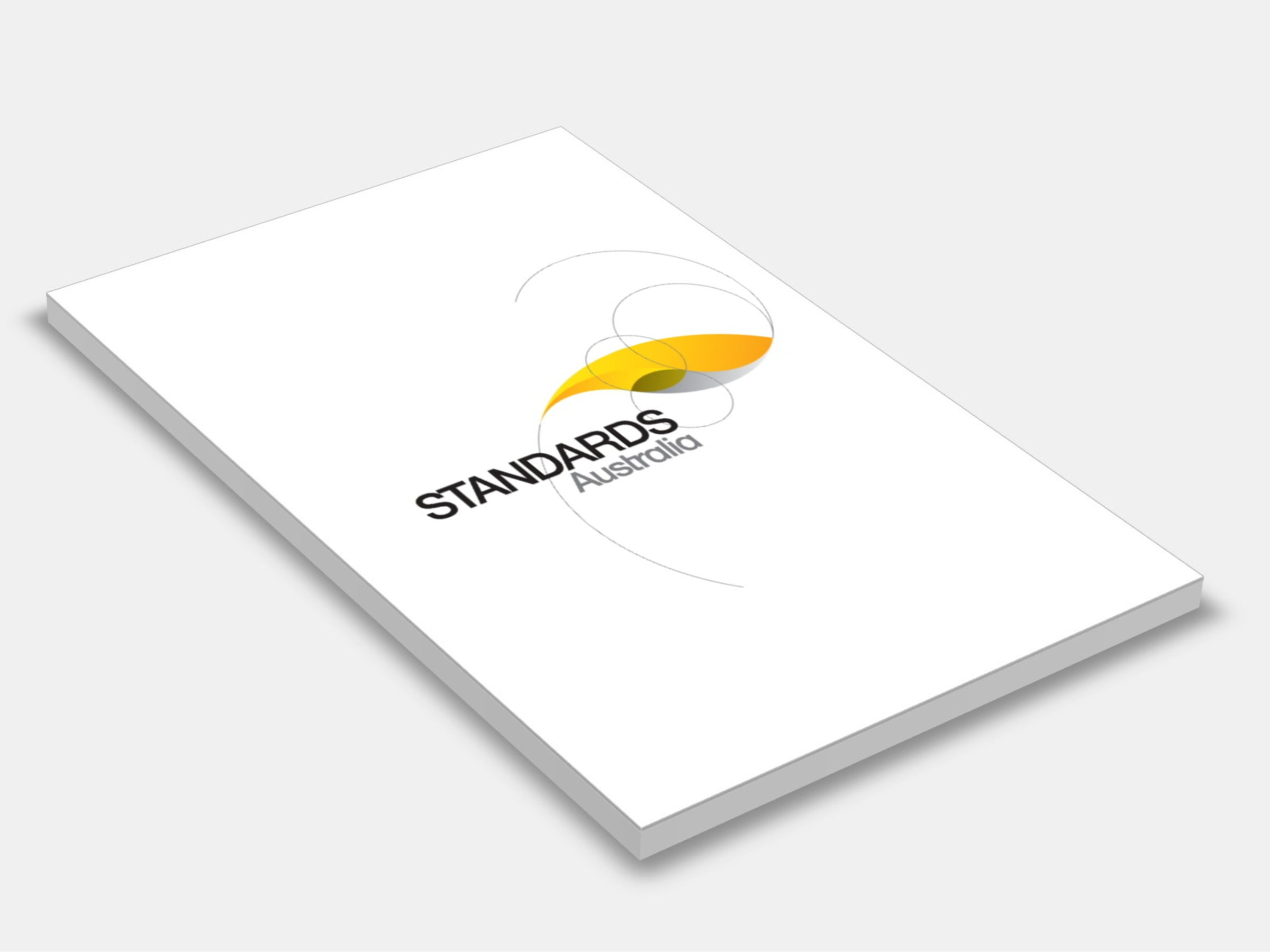
Type
Publisher
Standards Australia/Standards New Zealand
Publisher
Standards Australia/Standards New Zealand
Version:
First Edition 1996.
(Current)
Short Description
This Standard specifies a method for the determination of the thickness loss of textile floor coverings under dynamic loading. It is applicable to all types of textile floor coverings with a surface that is level in height and construction. It does not apply to other textile floor coverings unless the areas of different thickness or construction can be tested separately.

Type
Publisher
Standards Australia/Standards New Zealand
Publisher
Standards Australia/Standards New Zealand
Version:
First Edition 1996.
(Current)
Short Description
This Standard describes a method for determining the strength of the bond between the backing components of a textile floor covering which can be peeled apart. This method is applicable to tufted carpets which have primary and secondary backing materials forming a bonded composite substrate.
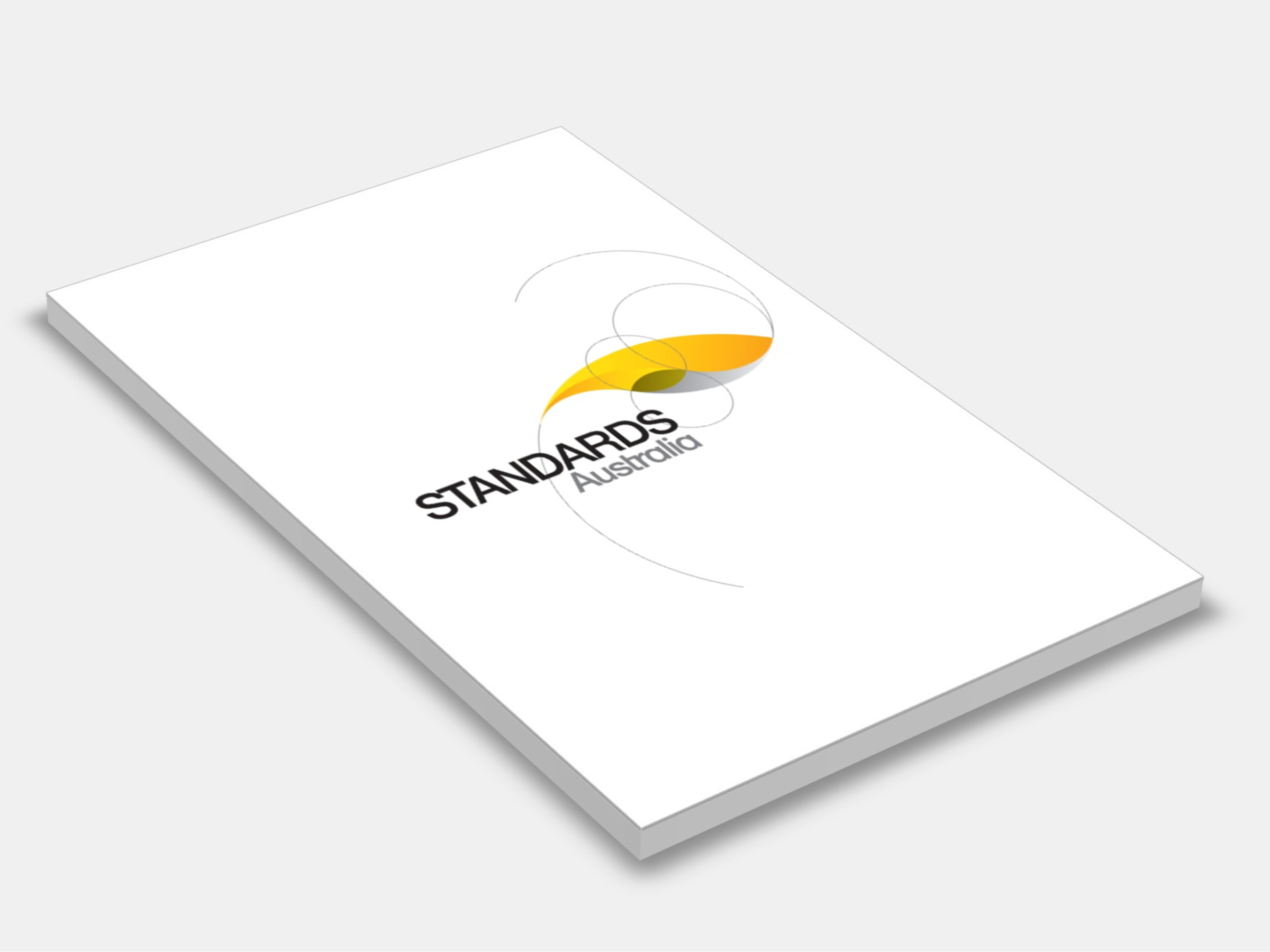
Type
Publisher
Standards Australia/Standards New Zealand
Publisher
Standards Australia/Standards New Zealand
Version:
First Edition 1996.
(Current)
Short Description
This Standard specifies a method for the determination of the thickness of pile above the substrate of a textile floor covering. It is applicable to all textile floor coverings with pile capable of being shorn from the substrate, but not to textile floor coverings of varying pile thickness or density, unless the areas can be measured separately.
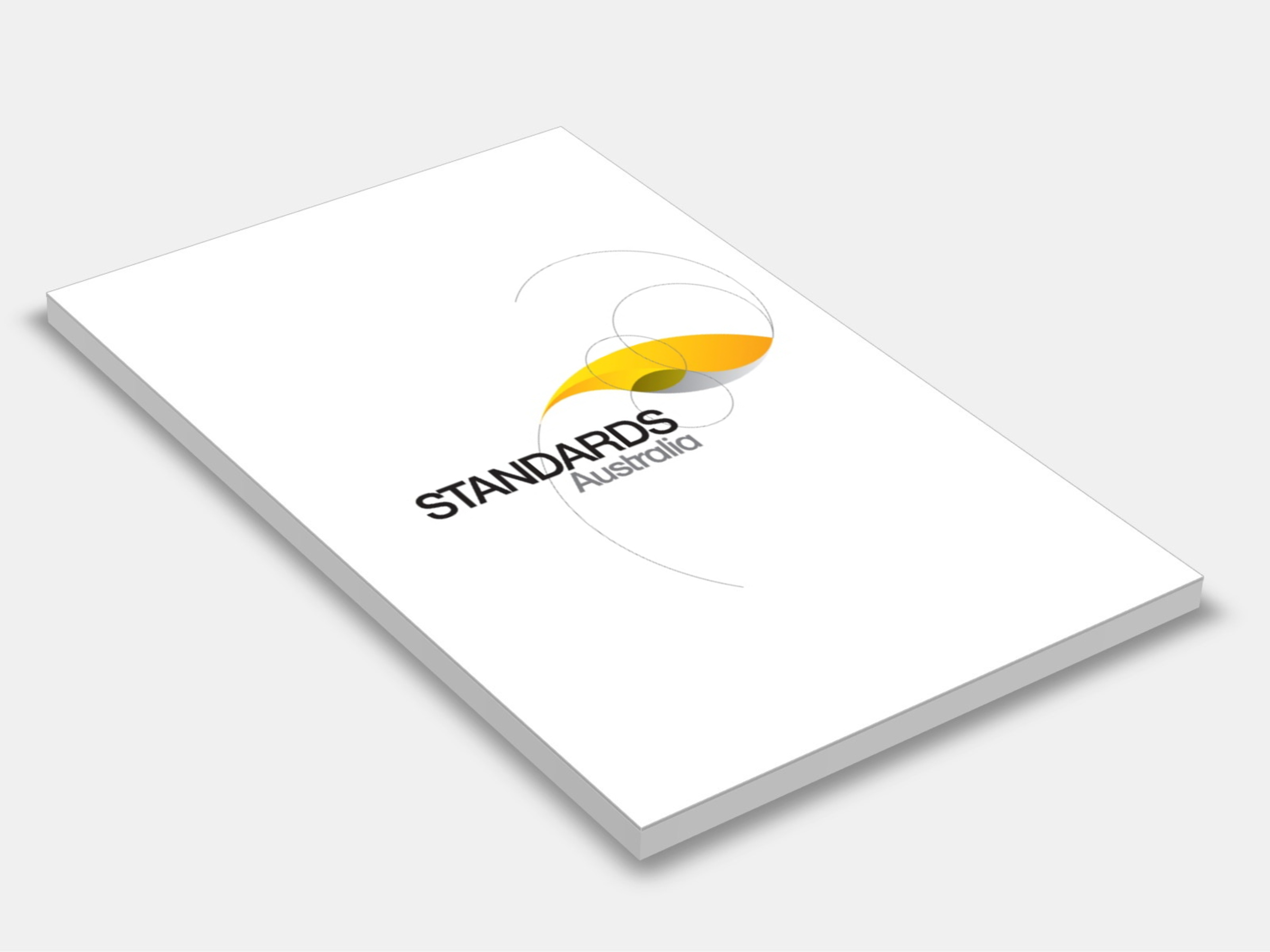
Type
Publisher
Standards Australia/Standards New Zealand
Publisher
Standards Australia/Standards New Zealand
Version:
First Edition 1996.
(Current)
Short Description
The objective of this Standard is to provide manufacturers and others seeking to determine certain performance and size characteristics of a textile floor covering with suitable methods for obtaining this information.
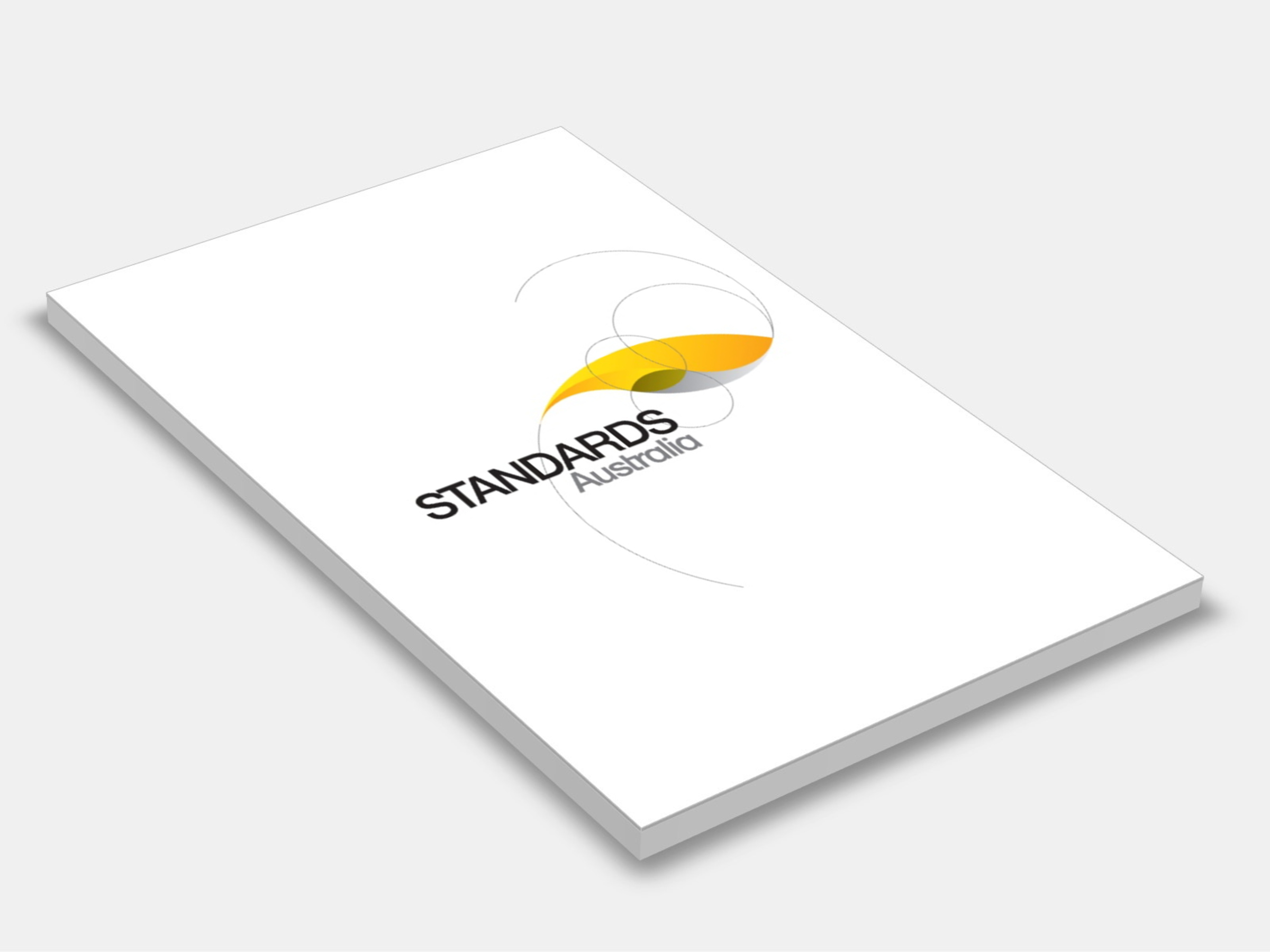
Type
Publisher
Standards Australia/Standards New Zealand
Publisher
Standards Australia/Standards New Zealand
Version:
Second Edition 1996.
(Current)
Short Description
Identical adoption of ISO 1765:1986, this standard specifies a basic method for the determination of the thickness of machine-made textile floor coverings. Where areas of different thickness or construction exist, these should be tested separately if possible.

Type
Publisher
Standards Australia/Standards New Zealand
Publisher
Standards Australia/Standards New Zealand
Version:
Second Edition 1997.
(Current)
Short Description
This Standard specifies a method for the assessment of the burning behaviour often superficial of textile floor coverings in a horizontal position when exposed to a small source of ignition under controlled laboratory conditions. The method specified in this Standard is applicable to all types of textile floor coverings whatever their construction or their fibre composition. The method may also be applicable to unfinished material. In this case, the result does not indicate the behaviour of the material in the condition in which it is used.